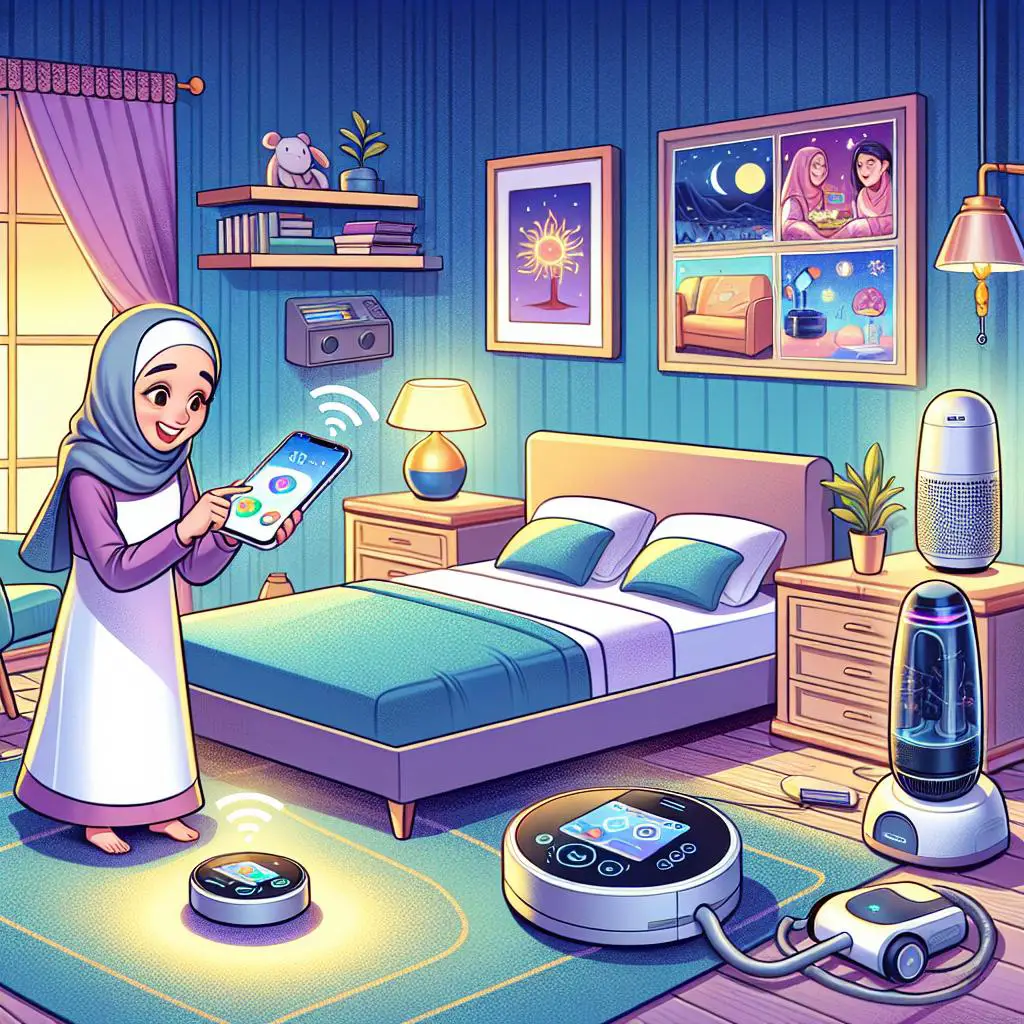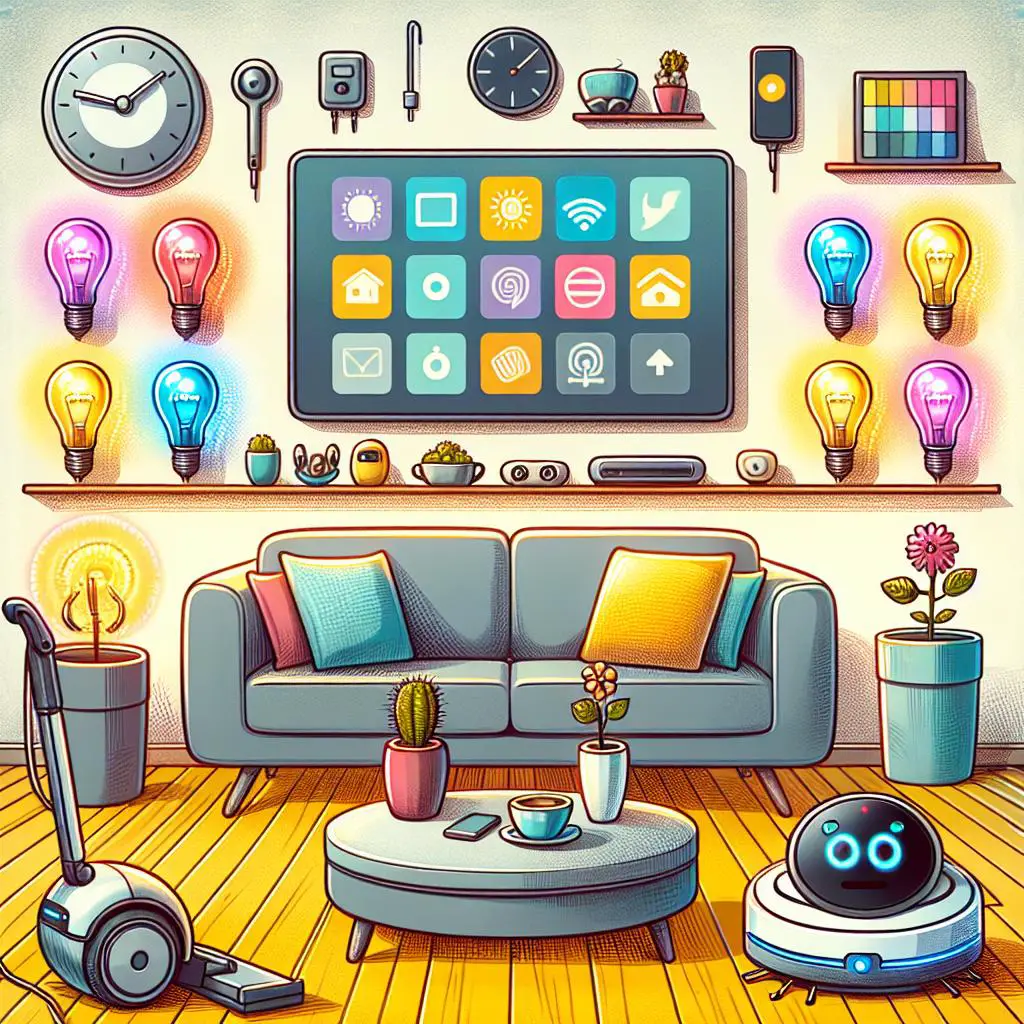Experiencing issues with your Sceptre TV? Whether it’s sluggish performance or just acting up, a restart might be the quick fix you need. This guide walks you through various methods to reboot your TV, from simple restarts to factory resets, ensuring smoother operation. Let’s tackle those pesky problems together and get your TV back in top shape.
Understanding Different Restart Methods
Before diving into the specifics, let’s clarify the differences between a simple restart, a soft reset, and a factory reset. Each serves a unique purpose:
- Simple Restart: This is the equivalent of turning your TV off and on. It’s quick and doesn’t affect your settings or data.
- Soft Reset: A bit more in-depth, this method refreshes the TV’s software without erasing your settings. It’s like a restart but more thorough.
- Factory Reset: This is the nuclear option. It wipes everything and returns your TV to its original state, just like when it came out of the box. Use this as a last resort.
Choosing between these depends on the severity of your TV’s issue. A simple restart is your go-to for minor glitches. A soft reset helps with more stubborn problems. And a factory reset is for when you’ve tried everything else or are preparing to sell or give away your TV.
Simple Restart: The Quick Fix
Performing a simple restart on your Sceptre TV is straightforward. Here’s how:
- Using the Remote Control: Press the power button to turn off the TV. Wait a few seconds, then press it again to turn the TV back on.
- Using the Physical Power Button: If the remote isn’t handy, find the power button on your TV (usually located on the back or underside) and use it to turn the TV off and then back on.
This method often resolves minor issues like freezing or audio glitches without further action.
Soft Reset: Solving More Complex Problems
A soft reset goes deeper without wiping your settings. Here’s the step-by-step:
- Through the TV Menu: Navigate to your TV’s settings menu. Look for options like “Reset,” “Restart,” or “Reboot.” Select it and confirm if prompted.
- Using Button Combinations: Some models allow for a soft reset by holding down a specific combination of buttons on the remote control. Consult your user manual for the exact method as it varies by model.
Soft resets are useful when a simple restart doesn’t cut it, especially for issues that seem to stick around.
Factory Reset: Starting Fresh
When all else fails, a factory reset clears the slate. Remember, this erases everything. Here’s the process:
- Navigate to Settings: Go into your TV’s settings menu and find the option for a factory reset. This might be under “System,” “Advanced,” or similar.
- Confirm the Reset: You’ll likely be asked to confirm your choice. This step is there to prevent accidental resets.
- Wait: The TV will take a few minutes to wipe everything and reboot. Once it’s done, you’ll need to set it up as if it were new.
This method is best reserved for serious issues or when you’re handing off the TV to someone else.
Troubleshooting: When a Restart Doesn’t Solve the Problem
Sometimes, a restart or reset doesn’t fix everything. If you’re still facing issues:
- Connectivity Issues: Check your internet connection or try reconnecting your cables. Sometimes, the problem is as simple as a loose connection.
- Sound Problems: Verify that the audio settings are correct and that the speakers are functioning. External speakers or sound systems might also need a check.
- Screen Display Errors: Adjust the display settings. If the screen is still acting up, it might be a hardware issue.
If problems persist, reaching out to Sceptre customer support or consulting with a professional may be necessary. They can offer guidance tailored to your specific issue.
Restarting your Sceptre TV can resolve many common issues, improving your viewing experience with minimal effort. Whether you opt for a simple restart, a soft reset, or a factory reset, each method has its place in keeping your TV running smoothly. And if those steps don’t solve the problem, further troubleshooting or professional help may be the next course of action.


